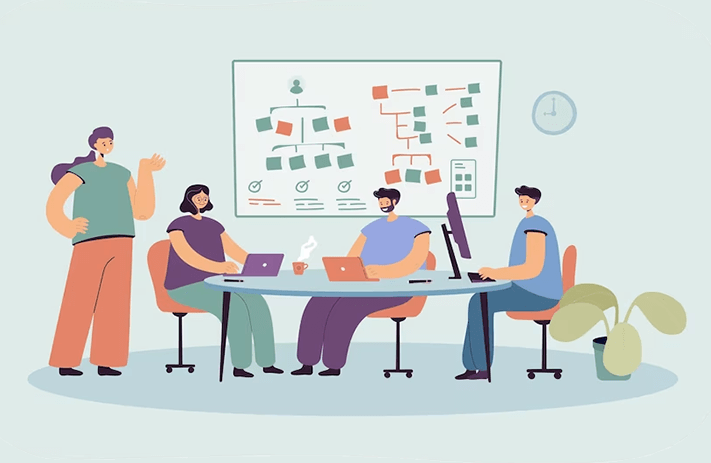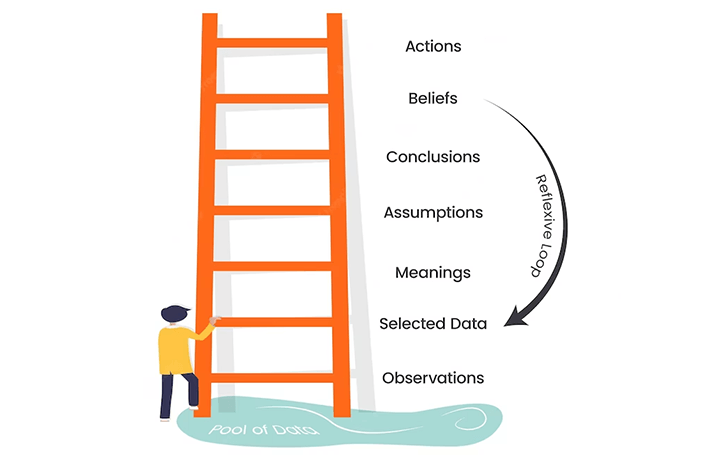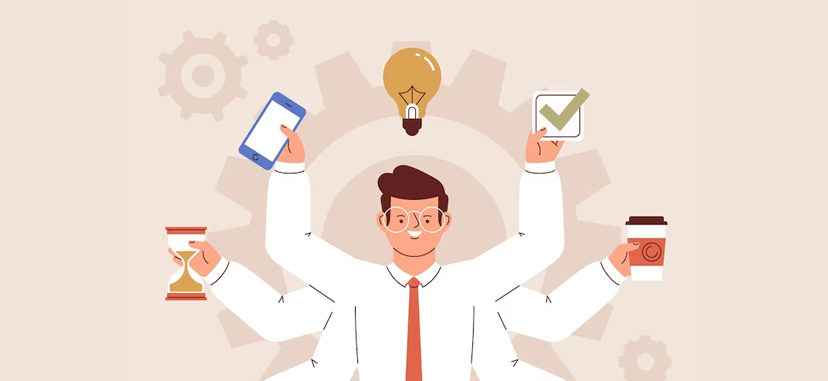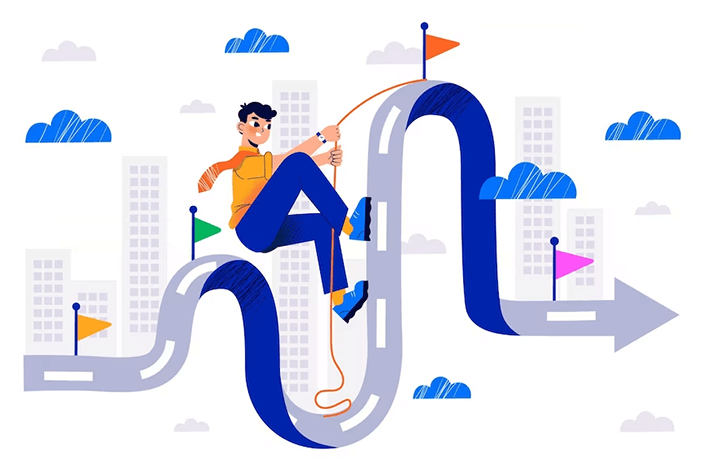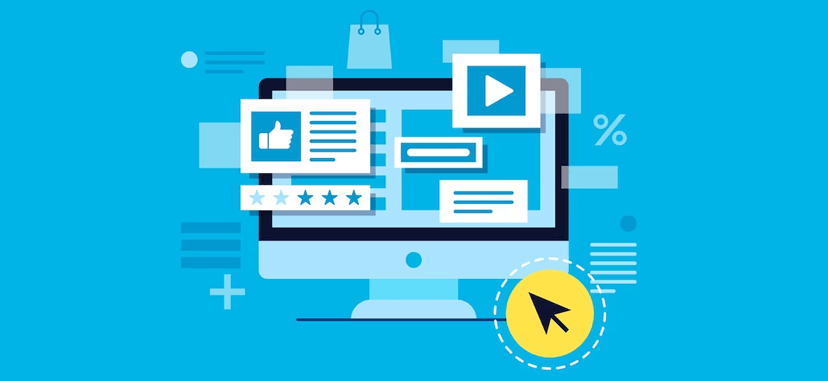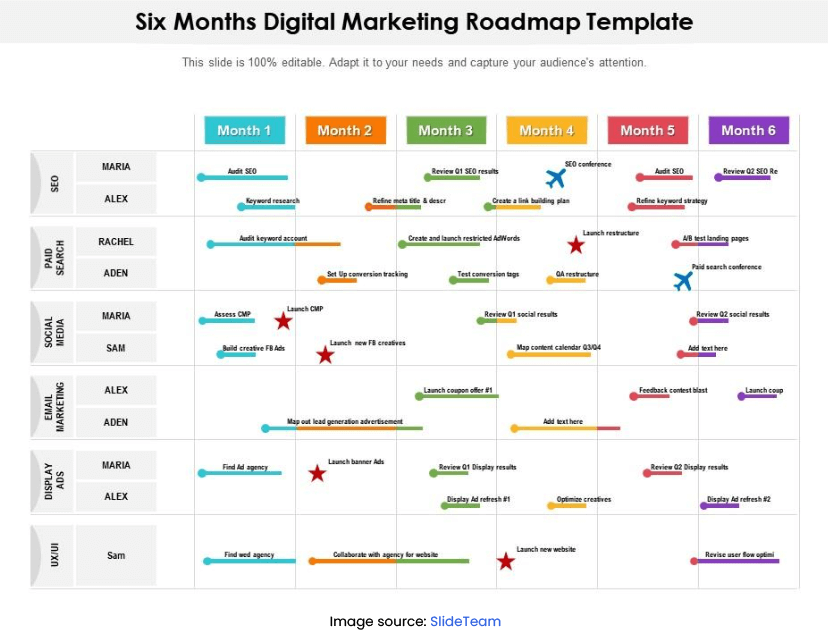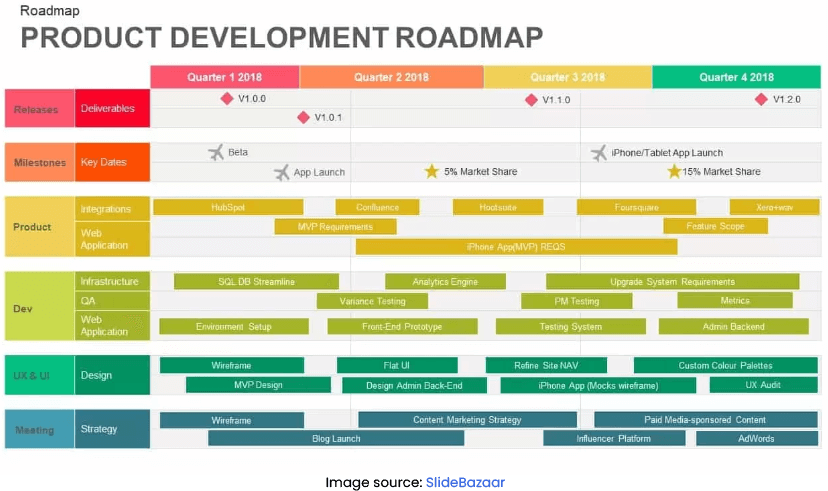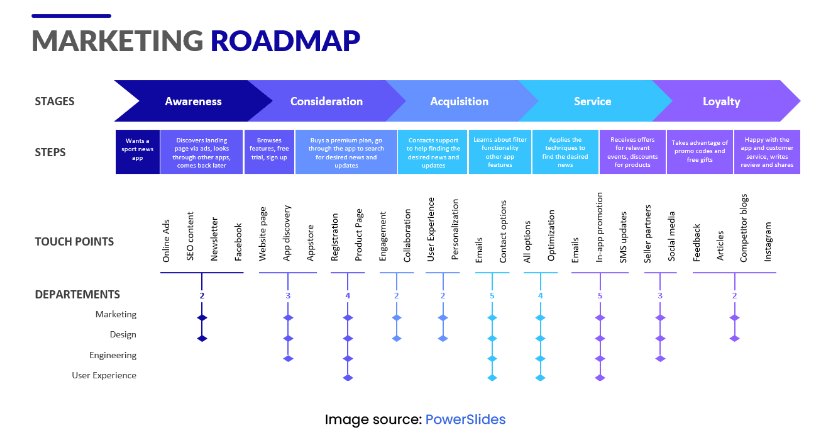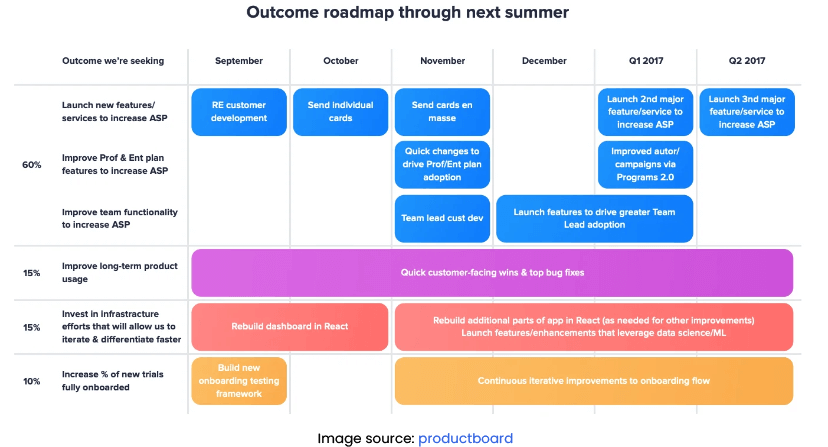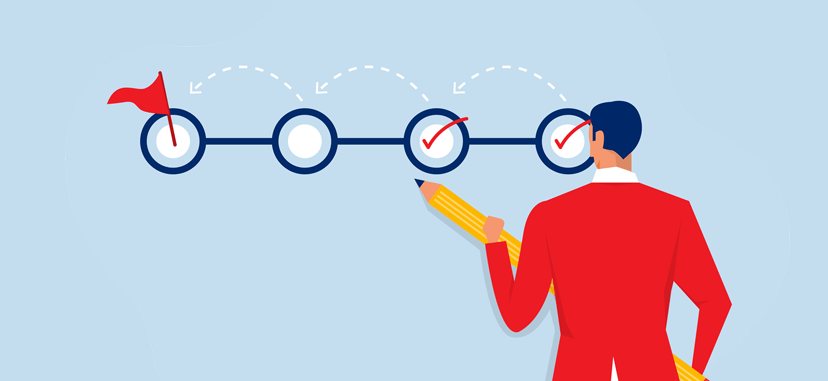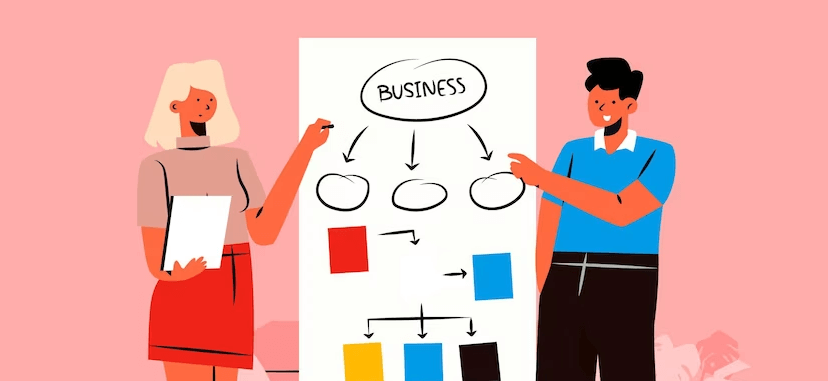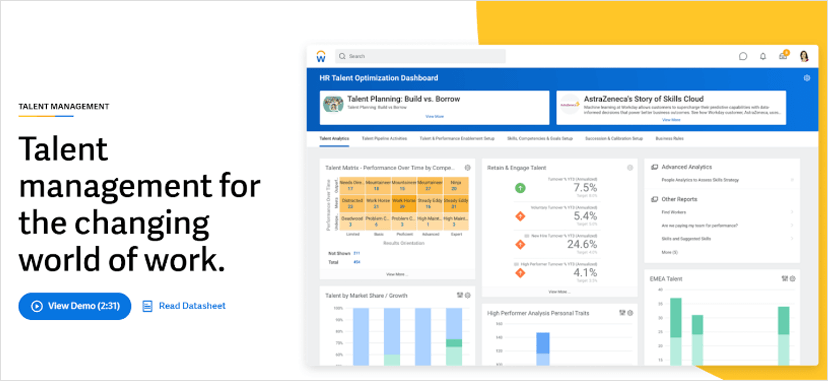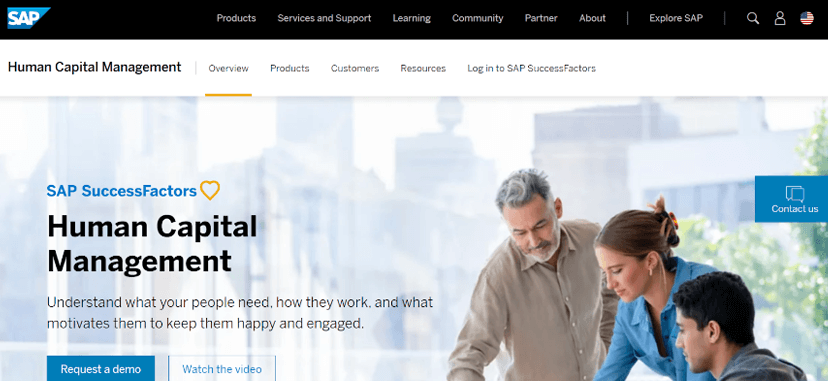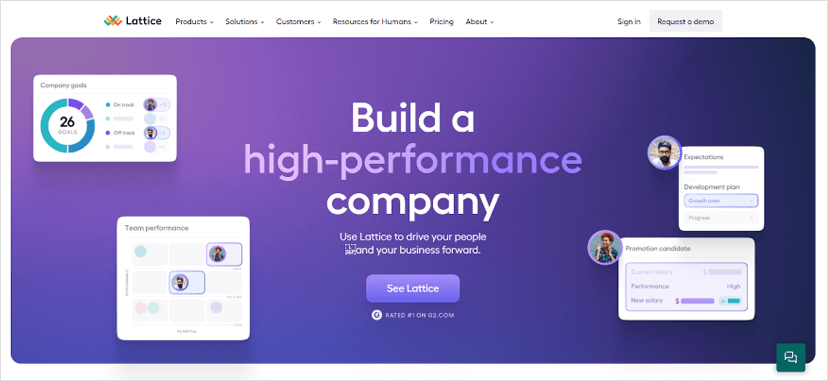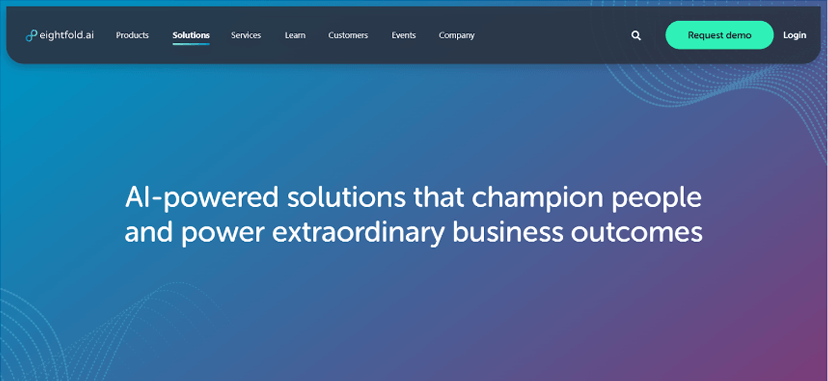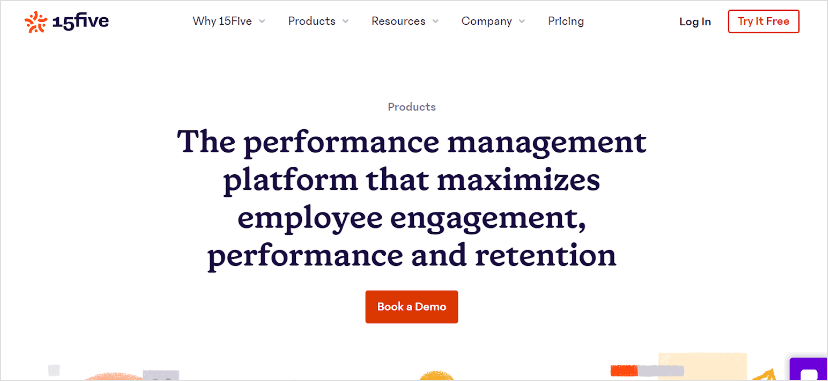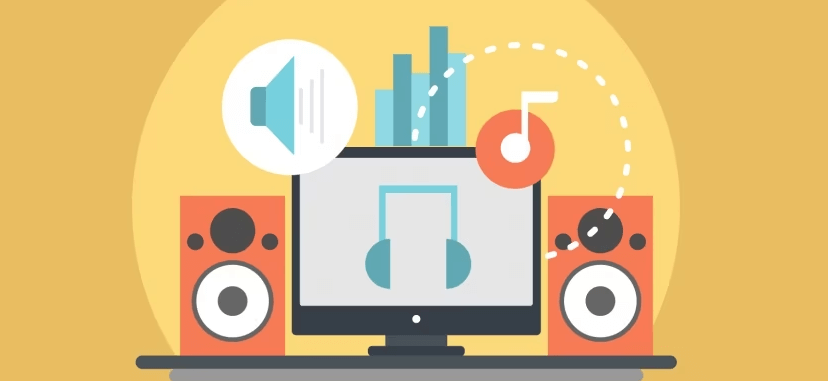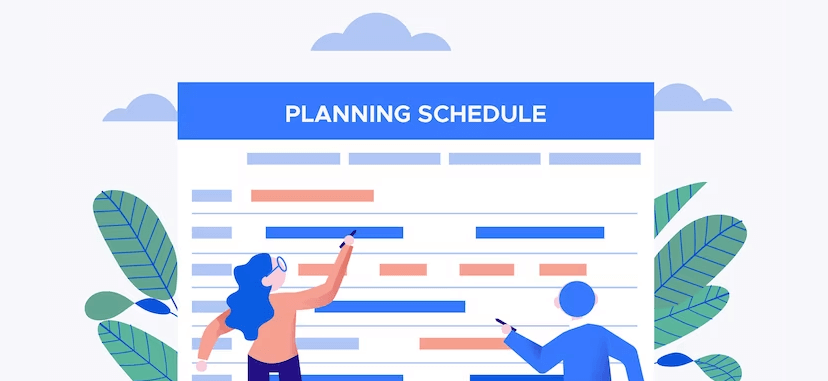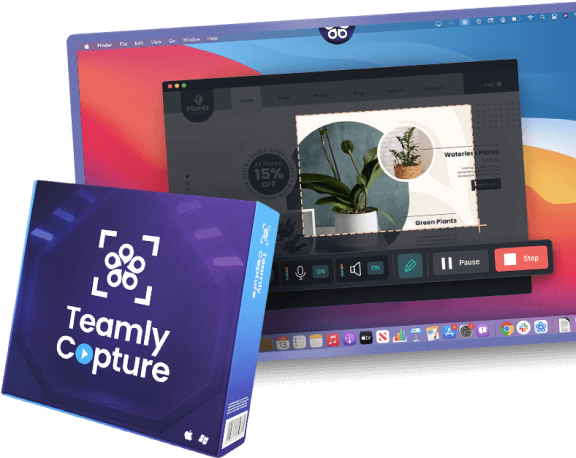They’re a big market with serious purchasing power. They can make our brands go viral. And they’re the future leaders we want on our side.
Meet millennials. Known as Generation Y, millennials are the demographic that demands effective marketing strategies to open their wallets.
If you want your business to grow and stay ahead of the game, it’s time to give millennials the attention they deserve. They’re ready to shop. What’s more, they’re waiting for brands like yours to build long-lasting relationships with them.
In this blog post, you’ll discover what marketing to millennials is and why this generation is so important for marketers. By tapping into the research, we’ll show how to target millennials and provide tips for winning their hearts.

Who are Millennials?
First, let’s get clear about which demographic we’re talking about.
Millennials are the generation born roughly between the early 1980s and the mid-1990s. They’re the trendsetters, the tech-savvy bunch, and the ones who grew up witnessing the birth of the internet and the rise of smartphones.
Interestingly, they’re all about being unique, expressing themselves, and challenging the status quo. Once you look closer, you’ll see that millennials are reshaping the way we live, work, and rest.
So, to attract and engage millennials, you’ve got to speak their language and embrace their quirks. You’ll catch their attention when they realize that you’re more than just a faceless corporation.
Why is Marketing to Millennials Special?
No secret, your age and where you are in life can affect how you buy things. Different stages of life come with different likes and priorities.
Need effective strategies for marketing to millennials? Research is your best friend. It helps you figure out what this generation likes and create marketing plans that work for them.
For instance, studies show that millennials prefer experiences over things. As a result, they spend more on traveling, eating out, and doing unique activities.
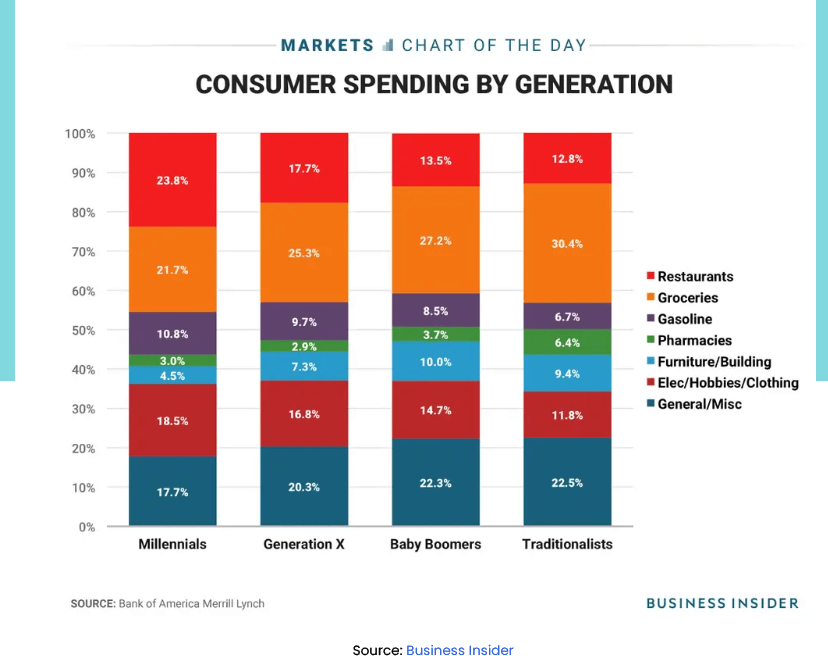
Why Are Millennials Important to Marketers?
Millennials are an absolute goldmine for marketers, and here’s why they’re so important to your success.
Spending power
According to the latest data by YPulse, millennials have huge spending power, with an estimated annual purchasing capacity of $2.5 trillion.
The largest living generation
In 2020, millennials became the biggest generation in America, even bigger than the baby boomers. And guess what? They’re now in their prime spending years!
When it comes to daily spending, millennials shell out an average of $208.77, which is more than any other generation. They’re willing to spend money on things that really connect with them and matter to them.
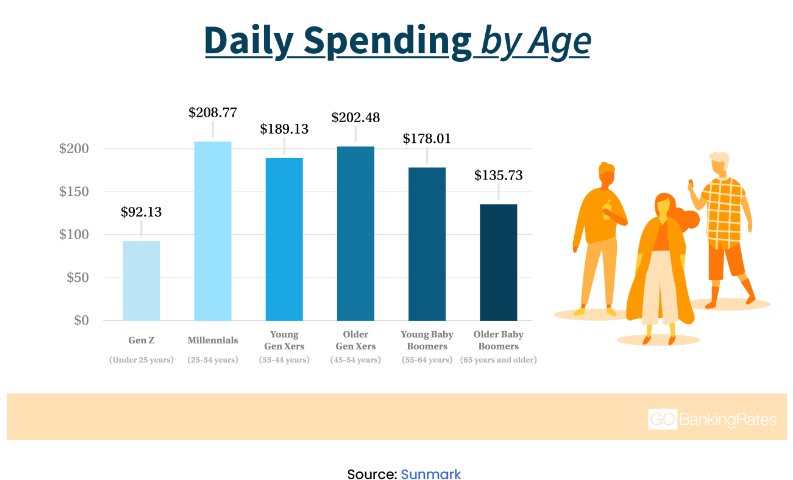
Digital natives
Millennials are like the pioneers of the digital world. They practically grew up with technology in their hands. They’re total pros in using social media, apps, and all things digital. Therefore, it’s easier for marketers to reach them on online platforms.
The trendsetters
But it’s not just about the numbers. Millennials are trendsetters and influencers. They’re the cool ones that everyone looks up to.
Marketers should make a note of this. Millennials are afraid to miss out on something valuable. Also, they’re afraid to feel like an outsider. Notably, almost half of millennials admit to spending money they don’t actually have just to keep up with their friends. This characteristic makes the FOMO debt (Fear Of Missing Out) a real problem for millennials.
The future leaders and decision-makers
Millennials are the future leaders and decision-makers. By building brand loyalty with them now, we’re investing in long-term customer relationships. Without a doubt, they’ll stick with us, support us, and spread the love as they climb the ladder of success.

Understanding Millennials: The Seven Key Qualities that Set Millennials Apart.
There is no marketing without accessing the spirits and lifestyle of millennials. When you have a clear understanding of how to target millennials, marketing campaigns are easier to design and implement.
Knowing their characteristics is, therefore, important for any business looking to gain their attention and loyalty.
Tech-savvy
Gen Y is the one who grew up in a world of quick technological advancements. They’ve seen the birth of the internet, the rise of smartphones, and the appearance of social media. They’re tech-savvy, always connected, and looking for the greatest innovations.
Because they’re up-to-date with the latest gadgets and digital trends, they love trying out new stuff.
Online and connected
Millennials are social media pros, too. They use social sites and messaging apps to keep up with friends, share cool stuff, and find recommendations for pretty much everything.
Millennials do 54% of their shopping online (well, no surprise for the generation who practically lives online).
Writing your next plan for social media marketing to millennials? If your business can grab their attention and engage them on these platforms, you’ll have a direct line to their wallets.
Desire for experiences
But it’s not just about their digital skills. As mentioned above, experiences matter to millennials more than material things. Just think of it. 78% of millennials admit that they prefer spending on experiences rather than simply acquiring things.
So, they’re all about living life to the fullest and creating amazing memories. If you allow them to enjoy adventures, travel, and discover new things, you’ll have them hooked.
Seeking authenticity
Millennials are really good at telling what’s genuine and what’s fake. They can easily recognize when a brand is trying to be something it’s not. So, here’s an important tip for marketers: be yourself. Never pretend to be someone else.
The key takeaway? Less boring ads and more interaction. Millennials want to have fun and feel special. You have to step it up, think creatively, and come up with new ways to grab their interest.
Socially conscious
Millennials care about the world around them. They believe in making a positive impact and will stand up for it. They’re passionate about social issues and love supporting brands that share their values.
Dreaming big and working for themselves
In addition, millennials have a strong desire to be entrepreneurs. They often have side jobs or dreams of starting their own businesses. They want to be in charge and do what they’re passionate about. This generation is motivated and ambitious. And let me tell you, they’re not afraid to take risks and try new things.
Looking for a balanced life
Yes, millennials want to succeed, but they also value having a good balance between work and personal life. They’re willing to go the extra mile to find products or services that offer flexibility and a sense of fulfillment.
The walking billboards
When millennials love a brand, they don’t keep it to themselves. They post about it on social media and get their folks to jump on board. That’s some serious word-of-mouth magic right there. So, they’re not just customers; they’re walking, talking billboards for the brands they feel connected to.
What’s more, they’re enthusiastic sharers. Millennials might not be creating a ton of content themselves, but they always watch for the next big thing to share.

7 Advanced Tips for Marketing to Millennials (+ A Checklist to Create a Winning Strategy)
Let’s take the characteristics we’ve discussed above and turn them into a useful list of techniques. Grab a highlighter. Most likely, you’ll find tips for reaching a new audience.
1. Combine content and technology
- Connect with millennials through social media, apps, and websites. That’s where they hang out the most!
- Get creative with technology to grab their attention. Make fun quizzes, polls, and cool stuff like maps and virtual reality adventures.
2. Build a sense of community
- Be active on social media platforms. Respond to comments or messages quickly.
- Create online communities where millennials can come together and connect with others who have similar interests.
- Collaborate with social media influencers who align with your brand values. They can help spread the word and reach a wider audience of millennials who resonate with their content.
3. Personalize your messages
- Get millennials involved in content creation by encouraging them to share their own stories. Run contests, host campaigns, and create hashtags that inspire user-generated content. This way, you tap into their desire to share and be authentic while also generating engaging content.
- Customer reviews and testimonials are gold. Millennials value recommendations and spend time reading reviews before making purchasing decisions. Use these reviews to build trust among your audience and showcase the positive experiences others have had with your brand.
- Don’t try to be everything to everyone. Instead, focus on concentrated marketing. Segment your audience carefully and tailor specific messages to each segment. This targeted approach allows you to speak directly to the interests of different groups, making your messaging more relevant.
4. Give them something to remember and share
Oh, and let’s not forget millennials’ love for experiences. They’re all about making memories and seeking out unique adventures. So, businesses that can provide memorable experiences are going to win this race.
- Share stories and videos that give millennials a peek into your brand’s values and culture.
- Create immersive experiences beyond traditional ads, like interactive art installations and pop-up events.
- Collaborate with influencers and local organizations for unique experiences.
- Use virtual or augmented reality to provide engaging and shareable moments.
5. Get on a mission to make a difference
Now, let’s talk purpose. As millennials care deeply about social and environmental issues, they readily support brands that make a positive impact on the world.
- Get acquainted with societal marketing. Talk about your brand’s commitment to social causes. Also, share stories of how your brand is making a positive impact and invite millennials to join your cause.
- Team up with nonprofits and donate part of your profits to make a positive impact.
- Finally, position your products or services in a way that helps millennials become catalysts for change themselves. Help them make a difference, and they’ll make your business shine.
6. Help them to free up time and find a balance.
- Aside from a regular list of product features, highlight how your products can save time and simplify millennials’ busy lives.
- Next, develop content that provides tips and advice on achieving work-life balance and managing stress.
- Look inside your company. Show how your brand supports work-life balance. From flexible work hours and wellness programs to employee benefits, find the elements that highlight your goal to reach harmony.
7. Offer confidence and independence
- Provide educational resources, webinars, or workshops that help millennials develop skills or follow their dreams.
- Share success stories of people who’ve achieved their goals. Without a doubt, this will inspire your target audience to do the same.
- Consider offering mentorship programs or networking events that connect your audience with experienced professionals.
They’ve Got it Right! Real-World Examples of Marketing to Millennials.
Here are some really cool examples of social media marketing to millennials. Wanna know the secret of these brands? They understand exactly what makes millennials tick. Let’s check them out!

Taco Bell: The Ultimate Millennial Munch Hub
Taco Bell knows how to win over millennials. They serve up bold and tasty flavors that millennials can’t resist. With its funny social media posts and awesome menu, Taco Bell keeps millennials coming back for more. It’s the perfect spot for a quick, delicious, and Instagram-worthy bite.
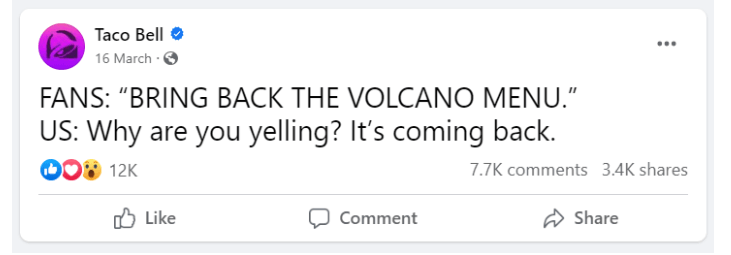
REI: Talking to the Millennial Adventure Seekers
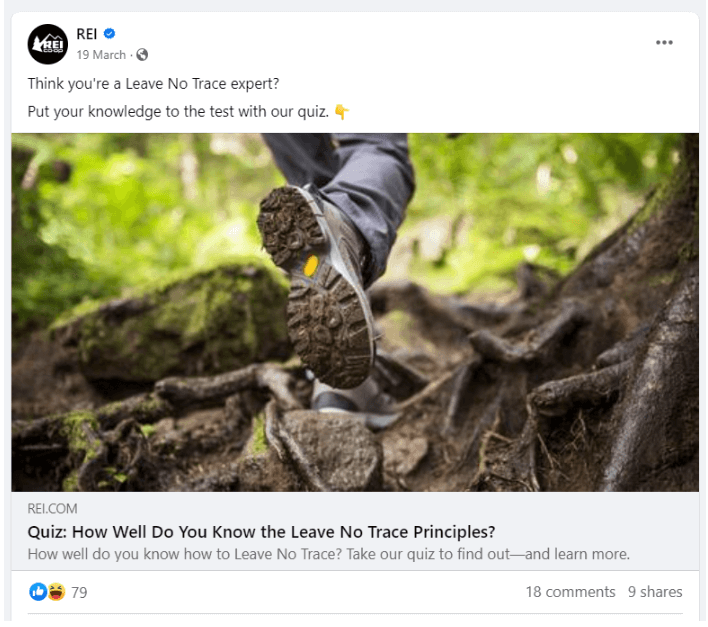
If you’re an outdoor enthusiast or an adventure seeker, REI is the brand for you. They offer high-quality gear, expert advice, and exciting stories.
Millennials love REI because they care about the environment, promote outdoor activities, and create a sense of community. Moreover, they organize fun events, workshops, and trips. It’s all about having a great time and being part of something awesome.
Dove: Choosing the Real Beauty

Dove has made a big impact on millennials with their inspiring messages and inclusive approach to beauty. They celebrate real beauty in all shapes and sizes.
By featuring real people with real stories, Dove has won over millennials who value authenticity. They use digital platforms to spread messages of self-acceptance and self-worth. Dove is a brand that goes beyond superficial beauty ideals.
Airbnb: Live Like a Local, Anywhere

Airbnb knows how to win over millennials and make their travel dreams come true.
They offer more than just a place to stay – they give millennials a chance to experience something extraordinary. From cozy treehouses to majestic castles, Airbnb has it all. They make it easy for millennials to find the perfect accommodation with just a few taps on their phones.
Plus, they show off stunning photos on social media that make millennials want to pack their bags and go. With Airbnb, millennials can live like locals and make connections that last a lifetime.
Chipotle: Capturing the Appetites of Millennials

Guess what? Chipotle is a favorite among millennials too. There are a few reasons why. First, they use fresh and locally sourced ingredients. Second, they offer customizable menu options. And finally, they care about sustainability, which really resonates with millennials.
Chipotle’s “Food With Integrity” philosophy is all about transparency and doing what’s right. Also, they make it super easy to order online, use their mobile app, and share on social media. Chipotle is all about delicious food and making a positive impact.
Conclusion
To sum up, marketing to the millennials is an exciting journey. It requires us to strap in, hold on tight, and consider their tastes and preferences. We need to be quick. And we should be ready to wow them with positive experiences.
Yes, it’s a wild ride. But if you can keep up with the fast-paced digital world and give them excitement and realness, they’ll come back to you again and again.

